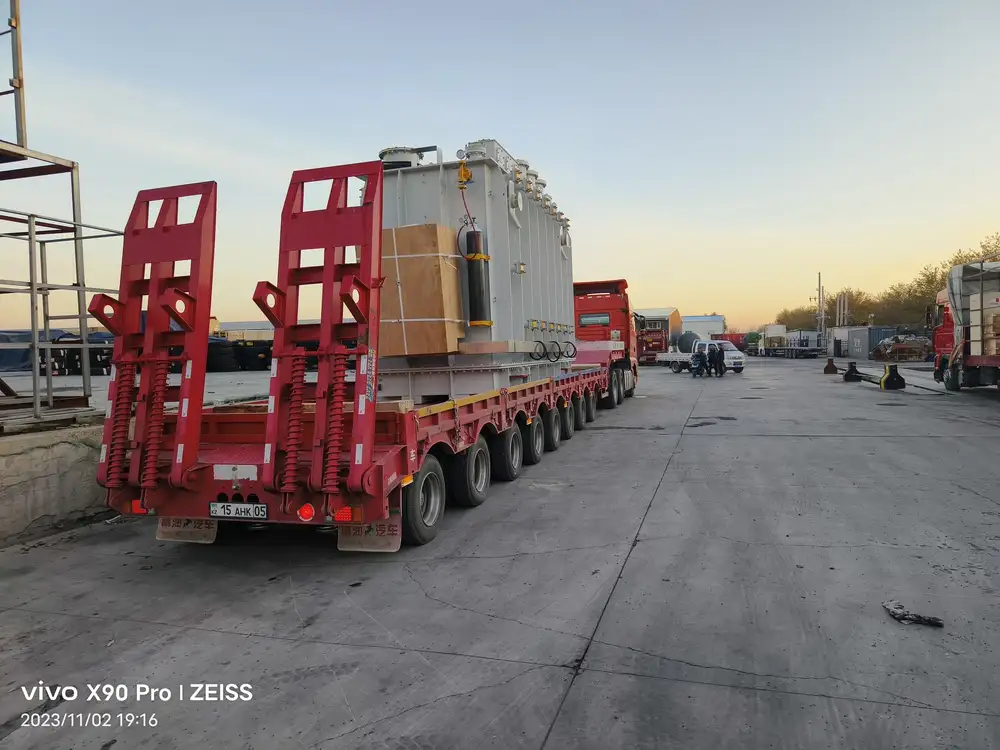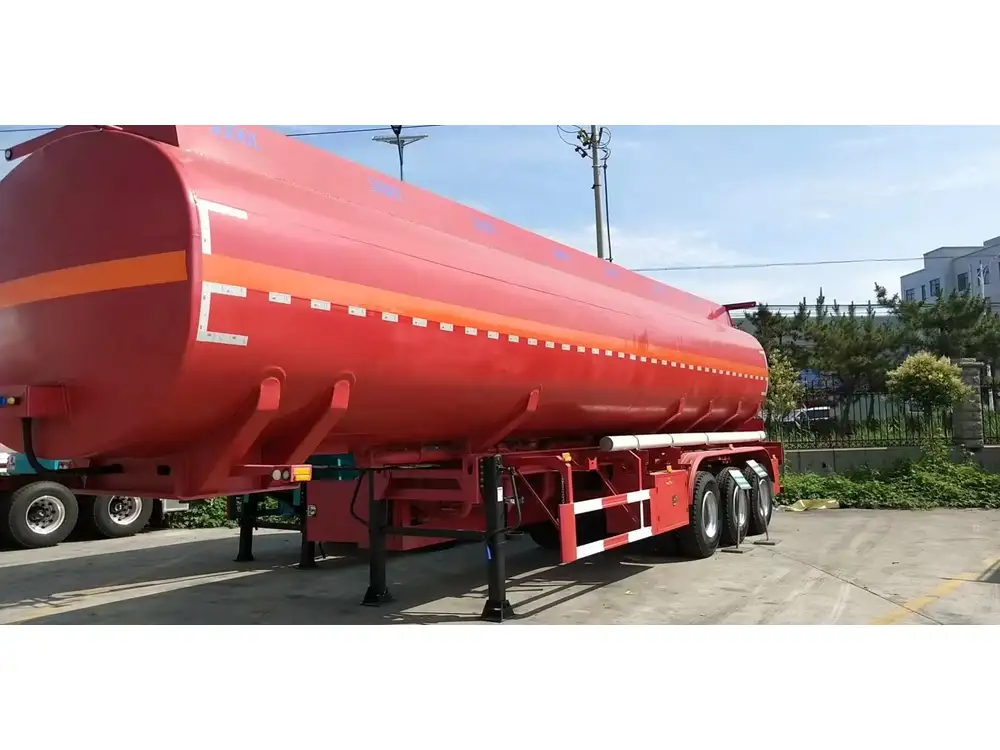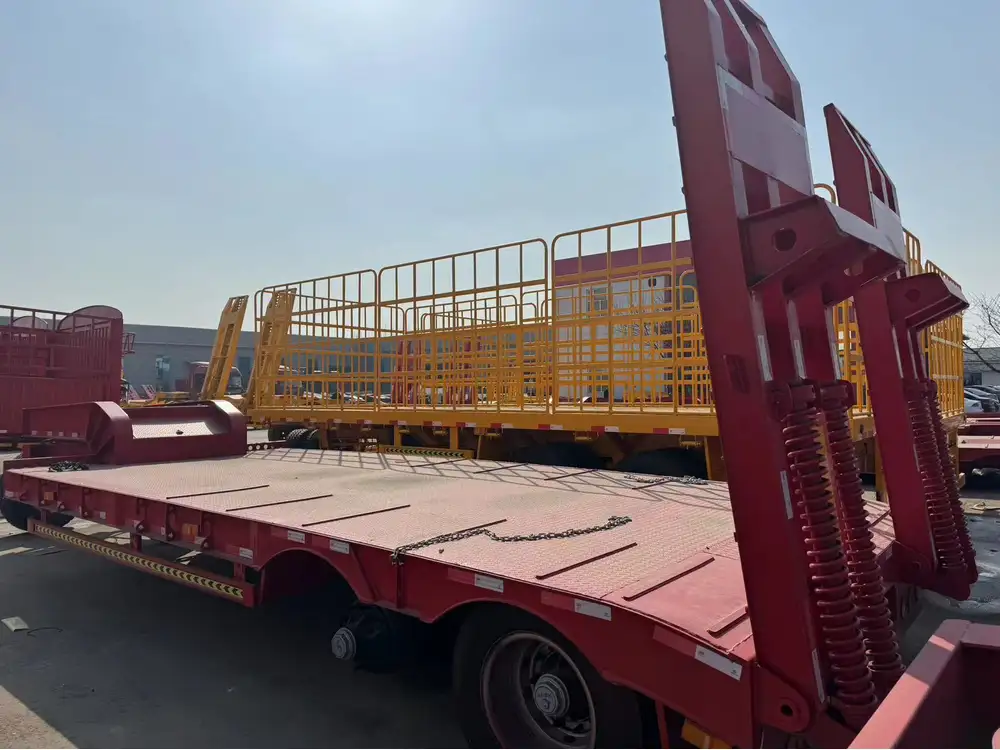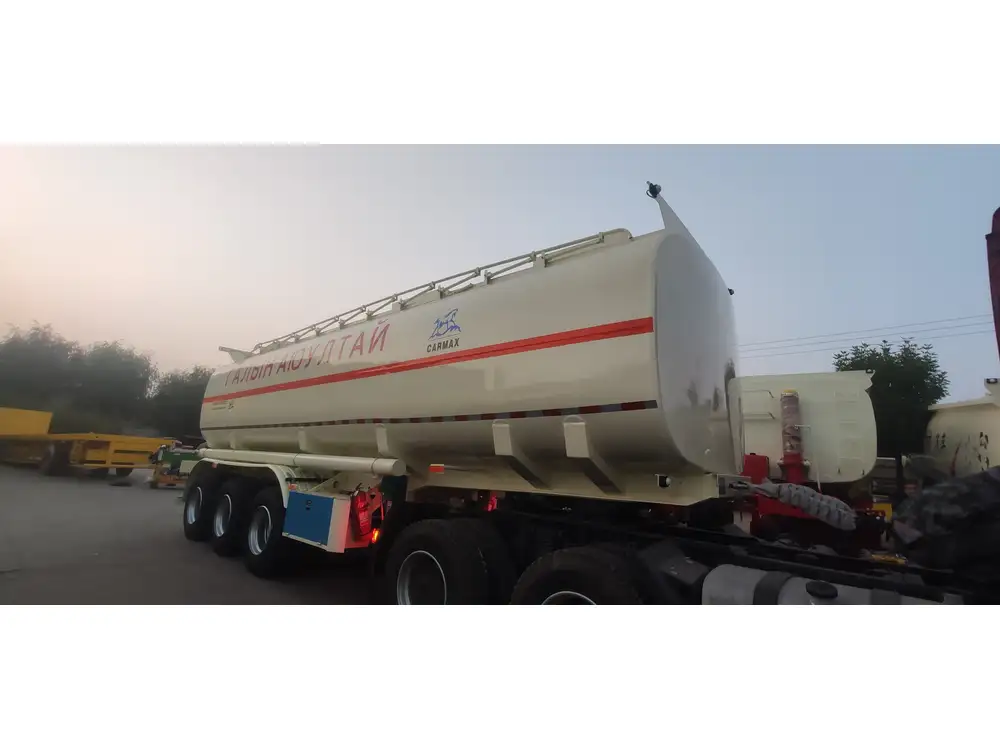When it comes to transporting firewood, understanding the capacity of your dump trailer is crucial for both efficiency and economic reasons. This article delves deep into the logistics of how many cords of wood a dump trailer can effectively carry while exploring the various factors that affect this measurement.
Understanding the Basics: What is a Cord of Wood?
A cord of wood is a standardized unit of measurement for firewood, quantifying the volume of stacked wood. Defined officially, one cord equals 128 cubic feet of wood. To visualize this, imagine a stack of wood that is 4 feet high, 4 feet wide, and 8 feet long. However, simply knowing the volume isn’t enough; understanding how dump trailer specifications align with this concept is where the analysis begins.
Visualizing a Cord of Wood
| Dimensions | Volume | Example Setup |
|---|---|---|
| 4′ x 4′ x 8′ | 128 cubic feet | Stacked Firewood |
| 2′ x 4′ x 16′ | 128 cubic feet | Stacked Firewood |

Capacity of Dump Trailers
Standard Sizes of Dump Trailers
Dump trailers come in various sizes, each with distinct capacities and configurations. Below are common sizes and their approximate volume capacities in cubic feet:
| Dump Trailer Size | Volume Capacity |
|---|---|
| 6 x 12 ft | 1,344 cubic feet |
| 7 x 14 ft | 1,674 cubic feet |
| 8 x 16 ft | 1,792 cubic feet |
| 8.5 x 20 ft | 2,100 cubic feet |
How Many Cords in Each Size?
With an understanding of both cord volume and dump trailer sizes, we can calculate how many cords of wood fit into different dump trailers:
| Dump Trailer Size | Volume (cubic feet) | Cords of Wood (Approx) |
|---|---|---|
| 6 x 12 ft | 1,344 | 10.5 cords |
| 7 x 14 ft | 1,674 | 13.1 cords |
| 8 x 16 ft | 1,792 | 14 cords |
| 8.5 x 20 ft | 2,100 | 16.4 cords |
Calculation breakdown:
- To convert cubic feet to cords, divide the total cubic footage of the dump trailer by 128:
- For the 6 x 12 ft dump trailer:
- ( \frac{1334}{128} \approx 10.5 ) cords

Factors Influencing Wood Capacity
While the above calculations provide a general idea of how much wood can fit in a dump trailer, several factors can alter this capacity significantly:
1. Wood Type
The type of wood influences not only the weight but also how tightly the wood can be packed. For instance:
- Softwoods (e.g., pine, spruce) might yield more wood volume due to their lighter and less dense nature.
- Hardwoods (e.g., oak, maple) are denser, resulting in heavier loads that may affect trailer suspension and handling.
2. Wood Size and Shape
Pieces of wood that are uniform in length and shape stack more neatly and efficiently in a dump trailer. Irregular pieces could lead to unusable gaps:
- 6-10 inch logs typically stack well, maximizing volume.
- Chopped firewood (16 inches long) is standard for residential use and fits neatly into the established volume.

3. Weight Limit Consideration
Every dump trailer has a weight limit that should not be exceeded for safety reasons. The payload capacity of a trailer is often less than its volume capacity due to the weight of the wood:
- Verify the Gross Vehicle Weight Rating (GVWR) of your dump trailer.
- Light softwoods might allow for more volume but could still reach weight limitations quickly.
4. Moisture Content
Freshly cut (or “green”) wood can contain upwards of 50% moisture, significantly increasing its weight. Seasoned wood, dried for 6-12 months, has lower moisture content (typically around 20%):
- Green wood is bulkier and impacts weight limits.
- Seasoned wood is better for transport efficiency.
Practical Loading Tips

Efficient Loading Techniques for Maximum Capacity
Loading your dump trailer correctly can help maximize its cord capacity while ensuring that you remain within weight limits. Here are some strategies:
- Even Distribution: Ensure that the weight is evenly distributed across the trailer to maintain steering and stability.
- Stacking Method: Use a crisscross method when loading logs to avoid gaps, effectively using available space.
- Fill Gaps: Utilize smaller pieces to fill gaps between larger logs; this can increase the overall volume and efficiency of your load.
Table of Recommended Loading Practices
| Loading Practice | Effect on Capacity |
|---|---|
| Even Distribution | Improves stability |
| Crisscross Stacking | Maximizes space |
| Filling Gaps | Enhances volume |
| Using Uniform Lengths | Ensures neatness |
Common Questions About Dump Trailers and Wood Capacity

How Do I Know My Trailer’s Weight Limit?
Most manufacturers provide a label on the trailer showcasing its Gross Vehicle Weight Rating (GVWR). Subtract the trailer’s curb weight from this number to find its maximum payload capacity.
What Happens if I Exceed the Weight Limit?
Exceeding weight limits can lead to:
- Difficulty in braking and control
- Increased wear on the trailer
- Possible legal implications and fines if weighed by authorities
What Should I Do with Leftover Wood?
Leftover wood can be stored for later use or even sold. Consider drying it properly to season the wood for future combustion, improving its burning efficiency.

Conclusion
Determining how many cords of wood a dump trailer can hold involves considering several factors beyond mere volumetric calculations. With a solid understanding of the relationships between wood types, sizes, moisture contents, and weight limits, not only can you fill your dump trailer to its optimal capacity, but you can also ensure safe transportation.
Whether you are a seasoned firewood vendor or just someone looking to stock your personal woodpile, utilizing this information will enhance your understanding and operational efficiency. Optimize your loading techniques, keep an eye on moisture levels, and always be conscious of your weight limits, enabling you to transport wood effectively and safely.



